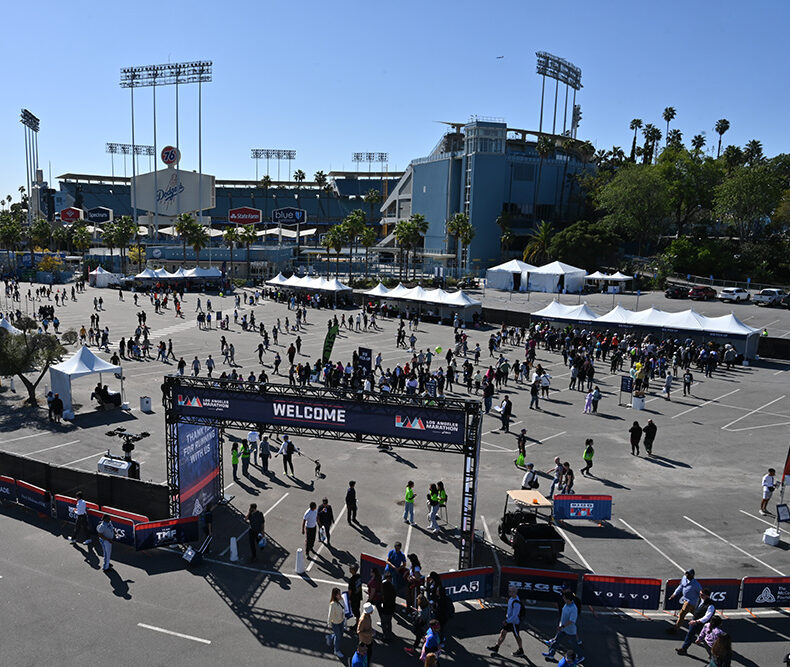Nutrition is “the process of providing or obtaining the food necessary for health and growth”; it is also “the branch of science that deals with nutrients and nutrition, particularly in humans”. In this post we will skim the surface of endurance nutrition.
Many concepts and quotes will come from the UESCA course in Coaching Endurance Nutrition as taught by registered dietitian, Bob Seebohar, and from his book ‘Nutrition Periodization for Athletes’.
There are 4 groups of macronutrients and of those 3 are needed to ensure athletic performance (and indeed a healthy human): Protein, Carbohydrates, and Fats. We also need water to function. Rounding out what Seebohar calls the “6 essential nutrients” are vitamins and minerals, including the electrolytes you probably have heard of.
Protein is the building block to create new muscles during recovery, basis of enzyme needed for chemical reaction, chemical makeup of hormones and antibodies used in our immune system. Our digestive system breaks down the protein we ingest into amino acids which are used to produce the above.
Carbohydrates are a source of energy for the body in the form of glucose. Our bodies digest carbohydrates and through digestion convert it into glucose which then is stored within the muscles, the liver, and within the blood stream. The body though can store only a limited amount of glucose itself (approximately 1800 kcals or 90 minutes of converted energy). The organ that consumes and is dependent on glucose the highest is our brain which uses glucose as its primary source of energy.
Fat “is essential for body processes such as …insulation, internal organ protection, nerve transmission, and…metabolizing fat-soluble vitamins” (Seebohar, Nutrition Periodization for athletes pg 50). Unlike carbohydrates, our stored fat level is high enough to potentially supply energy for an entire marathon.
When it comes to energy: fat yields 9 kcals per gram, carbohydrates 4 kcals per gram, and protein 4 kcals per gram. Because fat is abundant in all of us and 1 gram yields the most energy, it would seem our bodies would naturally use it first for energy. But to use fat our bodies require oxygen to assist in converting the fat. Train at too high a level and your body can not get the oxygen needed. Burning fat is aerobic “in the presence of oxygen”. When the stress is too high to get the needed oxygen, we turn to glucose which is close by within the muscle itself and in the bloodstream.
Converting glucose can occur without additional oxygen and is considered anaerobic. Though this seems perfect, there are 2 drawbacks: the limited supply of glucose, and the byproducts developed from the process – lactate and free hydrogen – which can have negative effects on our performance. Did you note the terms “aerobic” and “anaerobic”? Sound familiar? They should since we talked about them at New Member Orientation!
We must train our bodies to burn fat primarily and to do so we need to train at a stress level that does that – which is one of the benefits of aerobic training (65- 75% maximum heart rate, 3-5 perceived effort, conversational pace). Aerobic training is what our Saturday group runs are meant to be.
But none of these sources work in isolation! When we are burning fat we also burn a small amount of glucose, and for this reason we must maintain a store of glucose by consuming carbohydrates. When our glucose stores drop there is a floor where our brain begins to limit the muscle fibers from triggering and begins sending out negative thoughts to make us curtail our actions. So our goal is not to make fat our sole source but to increase the point (be it pace or time of activity) where our body switches from aerobic to anaerobic energy creation.
There is a time and place to train our anaerobic systems: speed work – be it with the LEGGERS on Wednesday night or when it fits your midweek schedule. Speed work allows our body to learn how to be efficient in clearing the byproducts of lactate and hydrogen to sustain our activity.
So what is the “takeaway”? We need all of the 3 macronutrients – they all play an important role. Glucose (in the form of glycogen) is stored in the muscles and is limited in amount. The brain needs this and will affect our actions if it feels that levels are too low. Protein has major roles throughout our body from muscle building and hormone production, to maintaining our immune system. Fat yields the most energy per gram and all of us has enough fat to finish a marathon. But due to how the fat is converted we need to train our bodies to burn more fat. Burning fat at a higher pace or for longer times is a key of endurance training. Endurance training is what our Saturday training sessions are and why staying at our aerobic rate is essential to our success in training for race day.
Coach Barry, RRCA and USATF Certified Coach
—
And for more on nutrition, take a look at this short video on Nutrition on the Road with Mentor Coordinator, John Flynn: https://vimeo.com/





